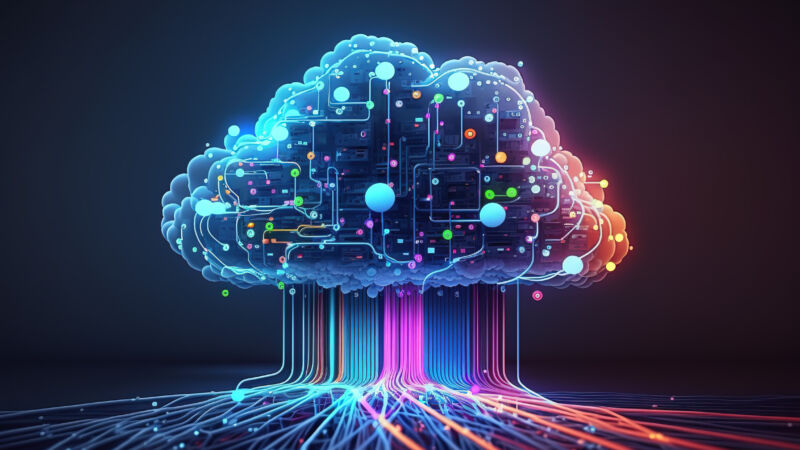Despite certain risks and limitations, GenAI has the potential to save attorneys significant time and allow them to focus on the more strategic and substantive aspects of legal work
When considering the use of generative artificial intelligence (GenAI), most people refer to large language models (LLMs) that learn from public information. Law firms and corporate legal departments, in considering the privacy of their clients and business colleagues, have started creating their own proprietary tools or engaging third-party vendors to customize GenAI tools for internal use to increase the accuracy of the technology’s responses and protect confidential information.
Indeed, corporate General Counsel (GCs) and other attorneys are already looking to move litigation work to lower-cost providers as a way of controlling costs and creating greater value, according to the 2024 State of the Corporate Legal Department Report published recently by the Thomson Reuters Institute. Improving efficiency through more use of advanced technology also furthers that goal.
Indeed, one of the greatest potential efficiencies in this area is the use of GenAI to help streamline the litigation process. By giving GenAI the right prompts and sufficient supporting documents or information, it can help attorneys perform certain types of legal work more efficiently and greatly improve lawyers’ and litigants’ experience within the litigation process. At the same time, before using GenAI in litigation, it is important to step back and look at the fuller picture.
Key risks & limitations of using GenAI in litigation
While GenAI has many benefits, it also comes with known risks and limitations that both internal and external counsel must consider when using this technology, including hallucinations, bias, and confidentiality issues. Counsel should also keep in mind that AI-generated evidence may pose discovery and evidentiary issues, including those related to admissibility in court.
Hallucinations & bias
The responses GenAI produces may be flawed, particularly because of inaccurate or fabricated answers (hallucinations). GenAI can hallucinate by producing false answers that are often written in a way that makes them seem accurate. However, by training and fine-tuning GenAI platforms on legal-specific data, the technology can become increasingly familiar with legal language, concepts, and patterns, which can then produce more accurate responses and reduce hallucinations.
Counsel should also keep in mind that when dealing with more nuanced areas of law that are not litigated often or extensively, GenAI is more likely to hallucinate, in part because of the relative lack of training data available.
Third-party access to confidential information
GenAI is designed to be trained, in part, based on information that users provide. As a result, when litigators enter in case-specific facts or information into a GenAI platform, it may implicate, among other things: violation of the attorney-client privilege or the work product doctrine; data privacy and security issues; and violations of professional responsibility rules for improperly revealing confidential information.
Consequences of improperly using GenAI
Counsel using GenAI must do so with proper oversight, including forming a basic understanding of the technology and its limits, and reviewing and verifying the accuracy of any work product that GenAI platforms produce. In addition to ethical violations and disciplinary action, improper reliance on GenAI in practice can result in other negative consequences, such as sanctions, motions for a new trial, and legal malpractice claims.
For example, attorneys have used GenAI platforms, such as ChatGPT, to conduct legal research without realizing that the platforms may hallucinate by providing incorrect answers or citations to case law that do not exist. Without verifying the accuracy of the results that these platforms produced, attorneys have then filed court documents citing non-existent case law and unsupported propositions. This has resulted in courts admonishing attorneys and imposing economic and other sanctions, such as striking documents containing fake citations. Some courts have also admonished counsel for relying on data generated by ChatGPT in motion papers to support problematic legal arguments.
Potential uses for GenAI in litigation
Despite these concerns, GenAI has many potential uses for litigators. While the technology still requires much improvement before counsel can consistently rely on it throughout the litigation process, counsel should consider how GenAI may be able to help them do legal work more efficiently and effectively in all stages of litigation, particularly as more law firms and corporate legal departments adopt the technology for internal use and GenAI’s results become more accurate.
For example, once GenAI is properly trained on legal data and case-specific documents (as law firms and organizations with proprietary GenAI tools are starting to do), GenAI has many potential uses for litigators in various stages of litigation, such as:
-
-
- producing initial drafts of correspondence
- creating litigation timelines with dates, locations, and key actors based on information collected during pre-litigation investigations, pleadings, and discovery
- composing initial drafts of pleadings
- reviewing and synthesizing voluminous discovery
- gathering information on witnesses or creating outlines for depositions
- providing a starting point for legal research and producing initial drafts of briefs, and
- creating initial drafts of opening and closing statements or summarizing trial exhibits.
-
Whenever using GenAI, counsel should always consider redacting names and other identifying information in their prompts or using hypotheticals unless there are appropriate privacy safeguards in place.
Additionally, counsel must carefully review and edit any content that their GenAI produces, as even the most sophisticated GenAI tools do not yet produce consistent, reliable results. Such content can, however, reduce the time attorneys spend doing legal research and creating outlines, summaries, and initial document drafts — all of which, of course, should be carefully reviewed.
Despite the risks and current limitations, GenAI has the potential to save attorneys a great deal of time, allowing them to focus more on the strategic and substantive aspects of legal work.







